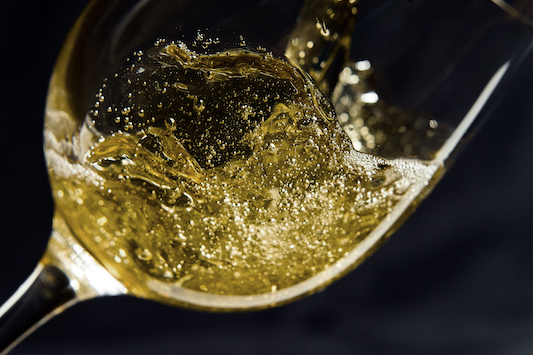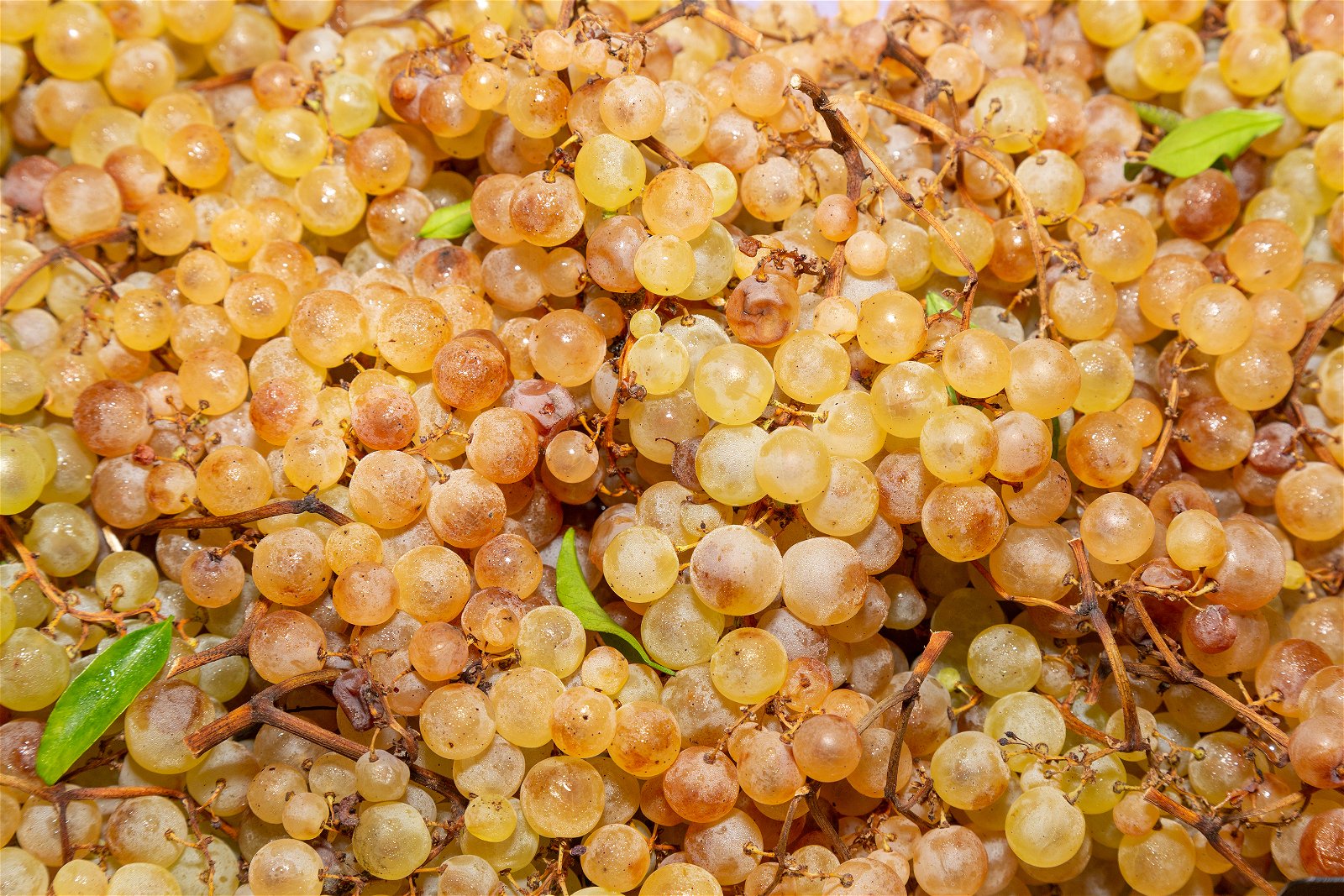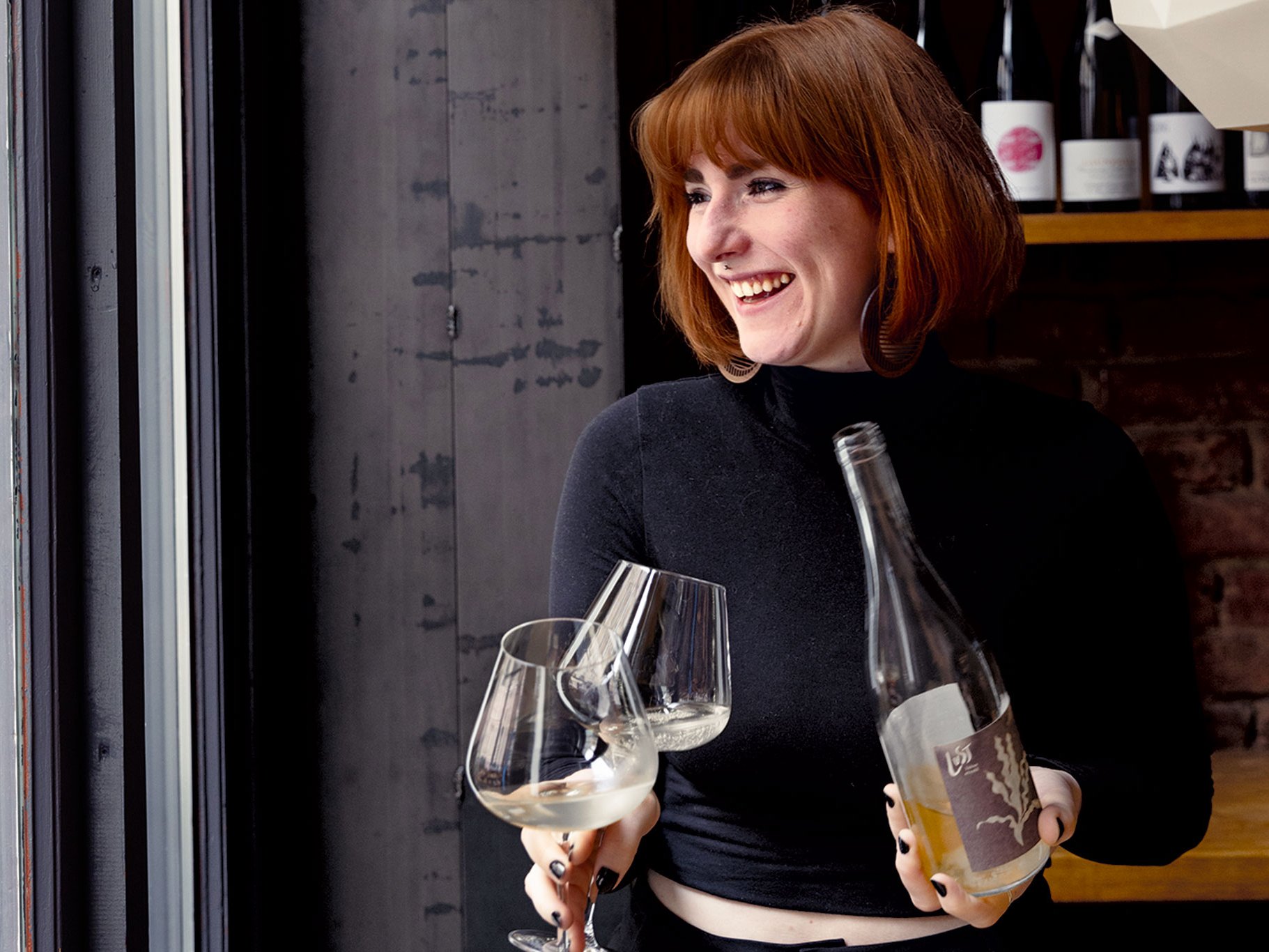
What is Chasselas?
Chasselas, also known as Gutedel, is a white grape variety from Switzerland. It makes light-bodied white wines that gain much from being aged on lees, the dead yeast cells left over after fermentation. Chasselas can be and often is treated as a high-yielding workhorse grape, but at lower yields it can make expressive, age-worthy wines.
What does Chasselas taste like?
Chasselas has a rather neutral but fresh taste. Ageing it on lees, gives it a textural element. The best wines develop notions of nuttiness and waxy, hay-like aromas with age.
Where is Chasselas from?
The origins of Chasselas are not clear, neither is its parentage, but it is thought to have originated near Lake Geneva in Switzerland.
Where does Chasselas grow?
Chasselas is Switzerland’s most widely planted white grape variety. It grows in the cantons of Vaud, Valais (where it is called Fendant) and Neuchâtel. In Germany, most plantings are concentrated on the subregion of Markgräflerland in the region of Baden. Co-ops still turn out gallons of neutral plonk, but artisan wineries make remarkable wines. There is some minor plantings of Chasselas in Haute-Savoie and Alsace in France, and some in Austria, but these tend to go into blends, or form parts of field blends, and are rarely bottled as a pure varietal wine.
Famous Chasselas regions:
- Vaud, Switzerland
- Valais, Switzerland
- Neuchâtel, Switzerland
- Markgräflerland, Baden, Germany
Anything else?
Chasselas’ ability to ripen fully without clocking up much alcohol may stand it in good stead with increasingly warm temperatures.
Our selection of great Chasselas
- Henri & Vincent Chollet, Vaud, Switzerland
- Domaine des Muses, Valais, Switzerland,
- Ziereisen, Markgräflerland, Baden, Germany
- Blankenhorn, Markgräflerland, Baden, Germany
- Rieger, Markgräflerland, Baden, Germany
- Schoffit, Alsace, France
- Pierre Frick, Alsace, France
This grape variety is also known by the name of:
Abelione




















